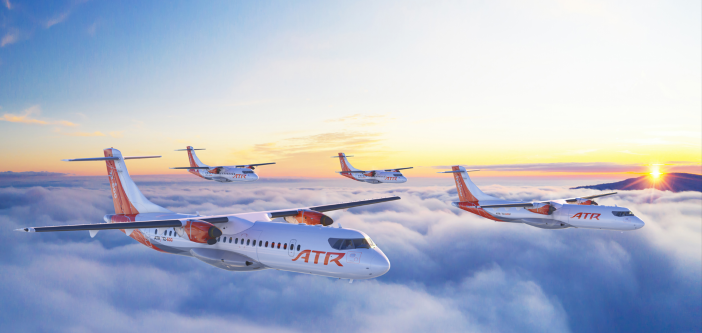ATR aircraft predicts growth during 2023

Following three difficult years caused by Covid restrictions and a complex economic and geopolitical environment, ATR’s board is confident the company is set for growth in 2023.
In the context of industry-wide supply chain issues, the Franco-Italian manufacturer of regional aircraft delivered 25 new and 11 pre-owned aircraft in 2022, down on 2019’s figure of 68 deliveries. Nonetheless the global ATR in-service fleet is now close to pre-Covid numbers, with 1,200 aircraft flying, and its current backlog stands at what it calls “a solid” 160 aircraft.
Now that pandemic travel restrictions have been lifted around the world, the company plans to capitalise from the high replacement demand – 1,500 turboprops over the next 20 years – to tap into underserved markets such as the United States, to increase its footprint on the freighter market, and to explore new opportunities, such as corporate, governmental and humanitarian operations.
Last year saw 150 new routes created with ATR aircraft. As part of its decarbonisation strategy, ATR performed the first 100% Sustainable Aviation Fuel (SAF) flight in history with a commercial aircraft, and its brand-new PW127XT engine was certified and entered into service.
ATR also reported success in advancing its aircraft family, completing the first test flight of the ATR 42-600S (Short Take-Off and Landing) and launching a feasibility study for its next-generation EVO concept.
“The goal for 2023 is to maintain our position as the leading regional aircraft manufacturer, by targeting at least 40 deliveries, with the ambition to ramp-up production to 80 aircraft in the coming years,” said Nathalie Tarnaud Laude, CEO of ATR, of the company’s outlook. “What drives us is that sustainable regional aviation has the power to improve lives globally, providing vital connections to communities and economies, which translates into Gross Domestic Product increases and employment.”
